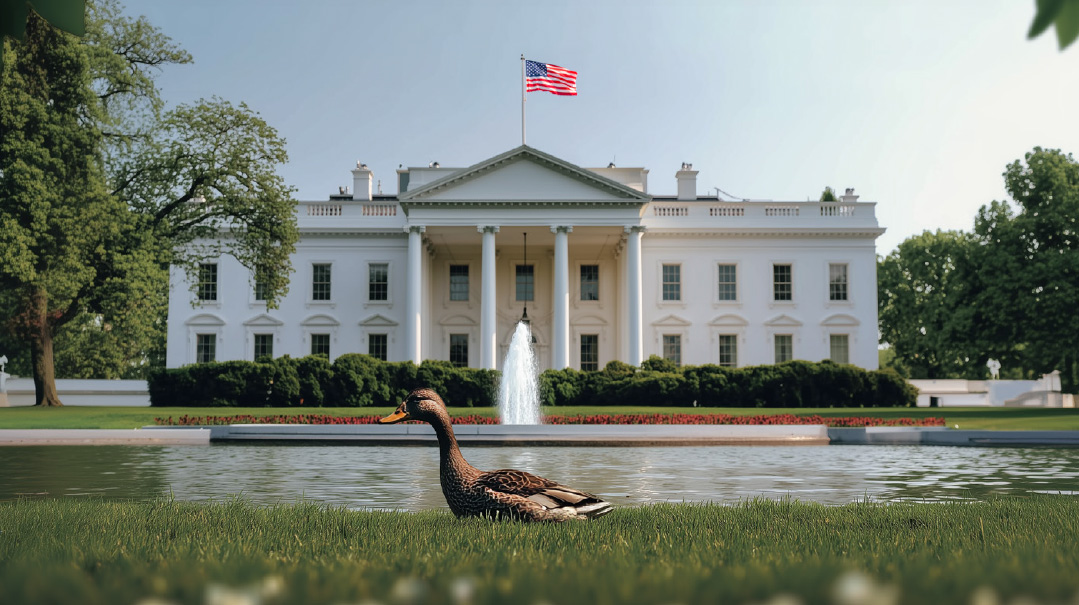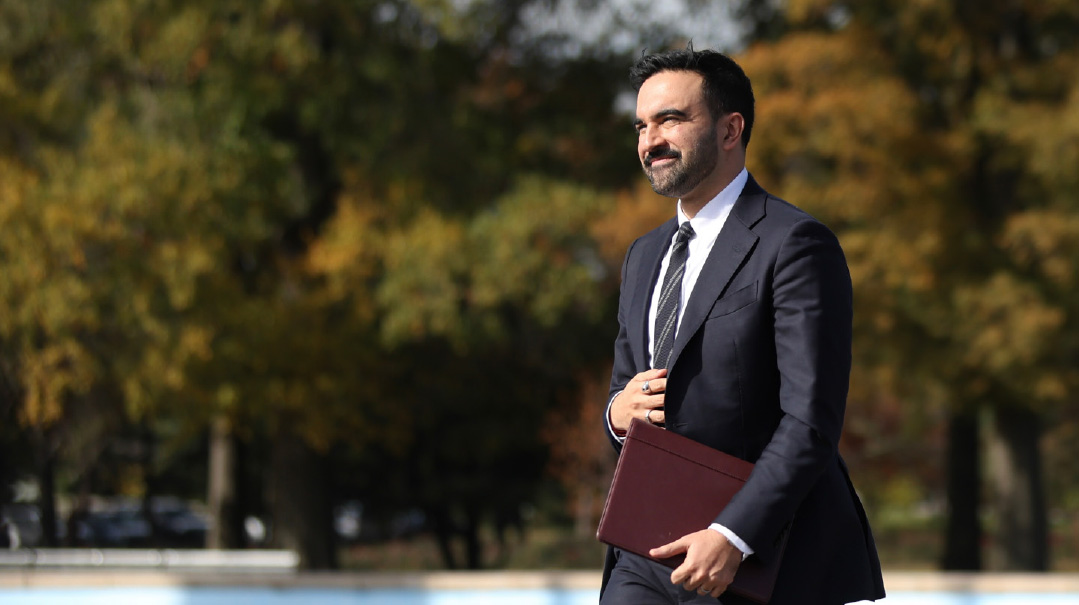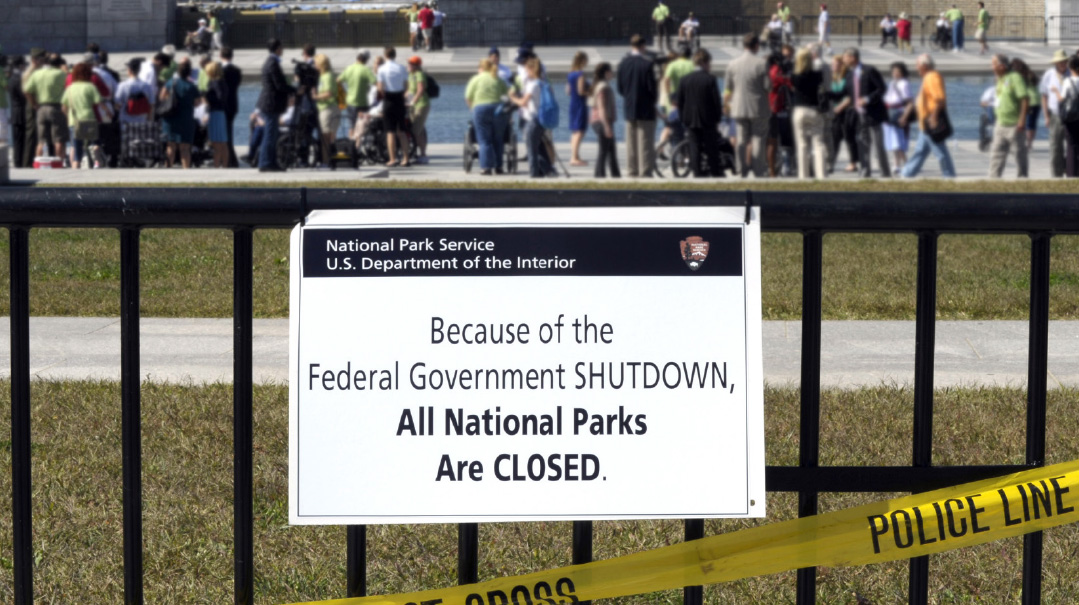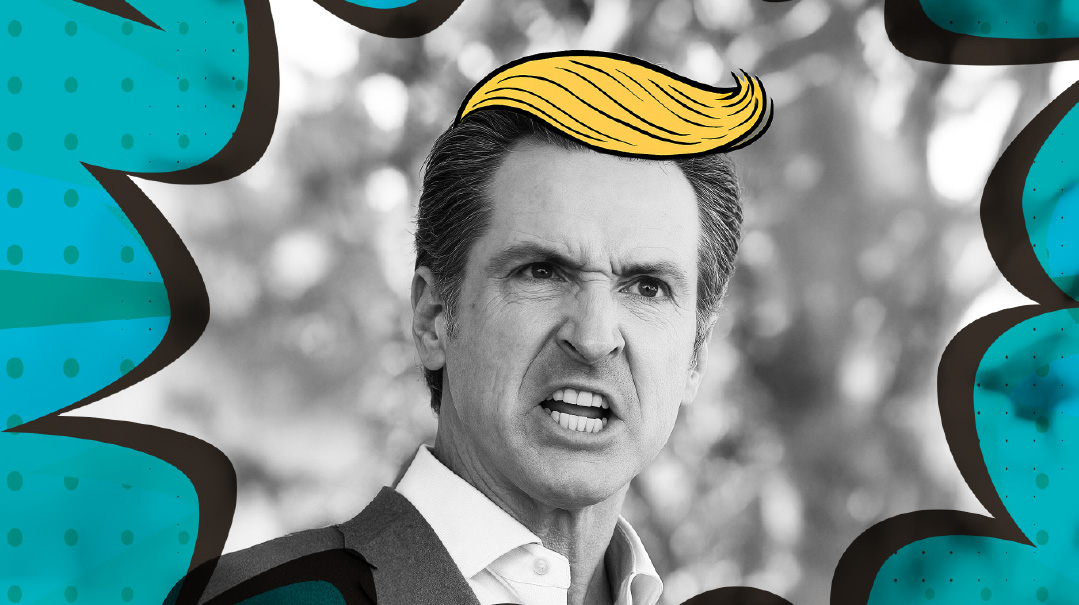Political Whiplash: Kamala Harris’s Unexpected Ascent
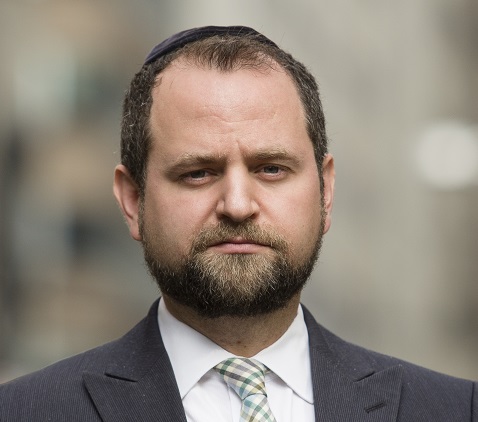
What happened to Trump’s Big Mo, and will the Harris Big Mo slow down?
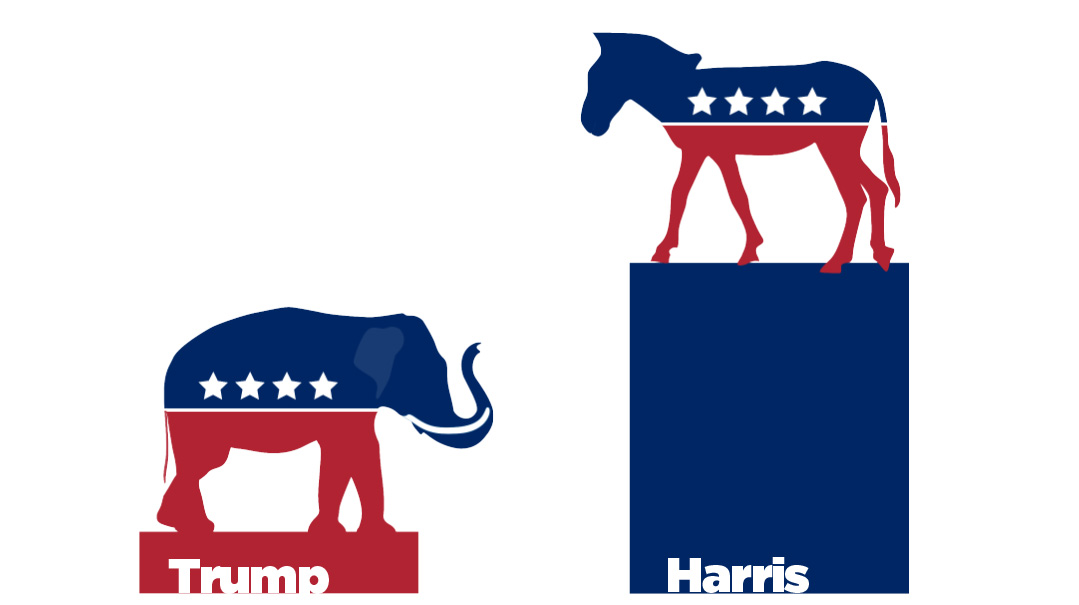
“IT wasn’t supposed to be like this.” That’s what a senior Republican congressman told me when I asked how his party’s leadership is responding to the Kamala Harris campaign’s momentum. Ten days before, every Republican I spoke to believed that a red wave wasn’t merely possible — it was guaranteed.
Could you blame them?
On June 27, President Joe Biden self-sabotaged in what will go down as a truly historic political blunder by agreeing to an early debate with Donald Trump.
Then Republicans began watching with glee as poll after poll showed Trump rising; as the Democratic Party imploded in internecine warfare between the left and center; and as victory suddenly seemed plausible in Senate races in Democratic strongholds like New Jersey and Maryland.
Then, poof. It was all gone.
It peaked at the Republican convention. Trump had survived an assassination attempt, avoided more legal trouble, and was about to pick his vice-presidential running mate. This magazine’s cover referred to Trump’s “comeback.”
But then it all changed. Republicans I have spoken to say the selection of Senator J.D. Vance was a clear nod to the MAGA base and was not intended to win any swing states. Their belief was that the Democratic Party couldn’t recover in time to mount a serious challenge, and that even if Biden were to be replaced, it would be too chaotic and fractured to allow for a shift in momentum. It was akin to “spiking the football” — an unnecessary celebration that can have the unintended consequence of motivating the other side.
We can thank George H.W. Bush for bringing sports analogies for momentum to politics, when he said after winning the 1980 Iowa Caucuses, “Now they will be after me, howling and yowling at my heels. What we will have is momentum. We will look forward to Big Mo being on our side, as they say in athletics.”
Bush had “Big Mo,” until he lost it to Ronald Reagan. Trump had “Big Mo,” until he lost it.
Kamala Harris wasn’t supposed to unify the party leadership. But she did. In about three hours, she had secured every major endorsement in the party. In another ten hours, she had secured nearly enough delegates to secure the convention.
Kamala Harris wasn’t supposed to be able to unify the base. Yet in 72 hours she had raised $100 million. In 96 hours, she had made three consecutive movement-building Zoom calls. One featured a record-breaking 100,000 dialing in, and another one had 44,000 black women dialing in.
Kamala Harris wasn’t supposed to be able to compete with Trump in the polls. Yet an Emerson College/The Hill poll released last Thursday had Trump and Harris tied in Wisconsin, and Trump leading by only one point in Michigan and two in Georgia.
What happened to Trump’s Big Mo, and will the Harris Big Mo slow down?
Trump’s team believed what Biden was selling, and perhaps Biden believed it as well — that he was staying in the race. With his repeated interviews and campaign rallies, it seemed an inevitability. Then it all changed. History will eventually tell us what went down. But for now, we can surmise that the external pressure for the president to step down was too much, and he capitulated one Sunday afternoon.
Harris put on a political master class: She spent weeks standing by Biden and publicly supporting him while preparing a plan to capture the nomination in record time. Within minutes of Biden’s retirement, she had secured the critical commitments from major party leaders, donors, and Biden himself to wrap up the nomination and launch a campaign. A Democratic Party that had been fighting incessantly now had a new leader. A media that needs narratives had a new and exciting story to tell. The Republican Party was now scrambling to adjust its attacks and quickly found itself second guessing its vice-presidential pick.
The next month offers Harris an opportunity to continue her momentum almost nonstop. She has tactical advantages that Trump simply doesn’t have. The next week’s coverage will still be telling her story and following her on the campaign trail for the first time. The following week or so will focus on her vice-presidential pick. Then the rest of August will be consumed with the Democratic National Convention, which will likely feature a touching send-off to Biden and a passing of the torch to Harris.
Then, the momentum will be up for grabs. Three issues are quickly developing into the crux of this campaign: immigration, abortion, and the economy. Harris is hoping these issues will break her way and galvanize her voters. She is going to unapologetically make the case that she needs to be given the power to select Supreme Court justices.
Immigration will also play a decisive role. Trump will make the case that as Biden’s “border czar,” Harris is responsible for the problems that have made this issue a top concern with voters. The issue of the economy isn’t so clear cut. Although Biden has been saying inflation has slowed, grocery prices remain high and mortgage interest rates are still high. People still vote their pocketbook, and the question is if there is enough time for the economy to recover sufficiently for Americans to feel it is helping them.
Trump has rarely been in an environment where he hasn’t been the focus of the day-to-day news cycle, and yet he’s watched a week of media coverage focused on Harris. Could Harris topple Teflon Don? It’s hard to bet against a man who has won against all conventional political conventions and expectations. For now, Harris has momentum, and Trump will have to either wait until that slows down or hope she makes the same error he did and underestimate the opponent.
(Originally featured in Mishpacha, Issue 1022)
Oops! We could not locate your form.


